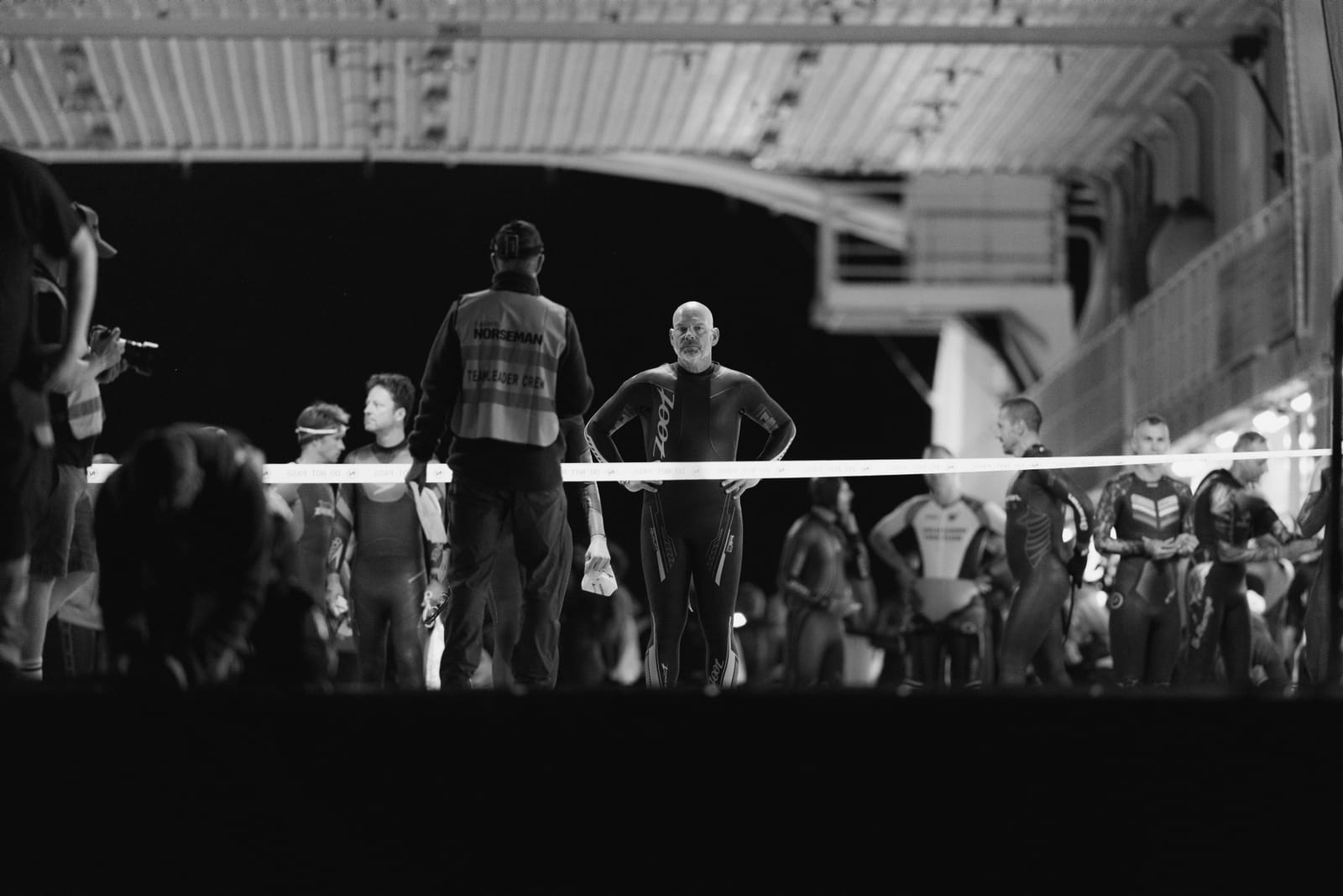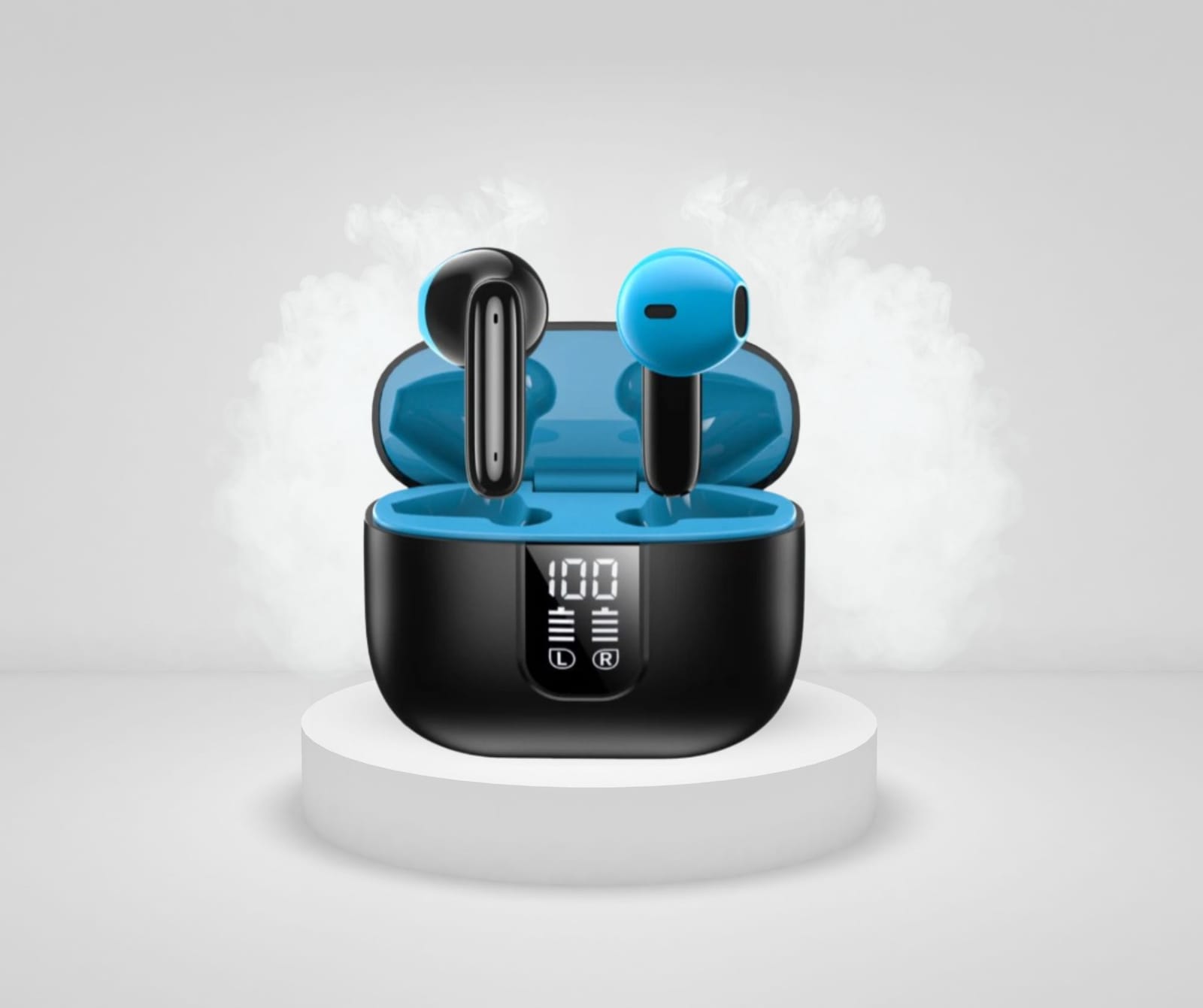Comfort and aerodynamics on a bike are two key factors to cycling efficiency, longevity and performance. Let’s explore these factors and educate ourselves on simple ways to increase our body’s capacity to absorb load and increase effectiveness in our cycling pursuits.
Cyclists, of all levels, would have spent time fiddling and adjusting their bikes to obtain the most effective set-up to enable comfort on those long Sunday morning rides. Even with this constant bike tinkering you will inevitably experience some discomfort through your back and/or neck. Sowhat can we do to adjust our backs rather than our bikes to achieve comfort?
Comfort
Your thoracic spine is the section of your spine that has the ribs attached, twelve in all (as there are twelve pairs of ribs). Having ribs attached to these vertebrae automatically make this section of your spine less mobile than your cervical (neck) and lumbar (lower back) spine. Therefore maintaining the little mobility of your thoracic spine is very important.
Why, you ask? Let’s have a look at the typical cycling posture. When seated on your bike you are in a forward bending position (trunk flexion). If you were to simulate this position on land you would look like
Take note of the position of your head in this position; it is facing the ground. However when on a bike, you obviously need to look forward so your head has quite a dramatic change in position—it has to extend
through the cervical spine (Figure 2).
Your cervical spine is quite capable of doing this by itself. However this position is much more achievable and efficient if the thoracic spine also extends to take some of the load. It is this extension of the thoracic spine and its ability to bear some of the load that increases comfort levels through your neck and upper back.
See Figure 2 (hyperkyphotic) and Figure 3 (extended) for examples of movement coming predominantly from the cervical spine as opposed to the movement gained from the cervical and thoracic spine.
Those who can achieve this thoracic spine extension will certainly experience less neck and upper back pain and hence increase their longevity in the sport.
Performance
Comfort will obviously improve performance. Reducing pain and muscular spasm from your neck and upper back will give you a physical and emotional advantage. Beyond this, an increase in range of movement in your thoracic spine will allow you to achieve a more aerodynamic position. A mobile thoracic spine allows you to lengthen your back into a streamline position, reducing air resistance and allowing you to travel at greater speeds with less effort and less deceleration. For those looking to improve their time trial ability, a mobile thoracic spine is a must. There are hundreds of thousands of dollars spent on devising changes to bikes to achieve tiny aerodynamic advantages, and similarly huge amounts are spent on helmet and clothing technology. It is highly advisable then to complement this by having the most mobile, aerodynamic spine.
A stiff, hyperkyphotic thoracic spine substantially decreases your ability to breathe freely and deeply.
Breathing Capacity
Your ability to breathe fully is substantially impaired with a stiff thoracic spine. Try the following to see what I mean. While seated, put yourself into a ‘hyperkyphotic’ (excessive curve) thoracic posture (see Figure 4).
While in this position (and try to keep yourself in this position throughout the exercise), try taking a deep breath. Now, to experience the difference with a less stiff thoracic spine and a ‘better’ postural position, sit up straight, taking away the hyperkyphotic thoracic spine (Figure 5).
Now take a deep breath. Note the difference. Hence a stiff, hyperkyphotic thoracic spine substantially decreases your ability to breathe freely and deeply. Needless to say, air capacity is vital for the amateur and the professional cyclist to enjoy a Sunday ride or to compete at the
highest levels.
The T-Rack
The T-rack, is designed to reverse the poor posture we find ourselves in during our daily activities or sporting
ventures. It simply acts to mobilise your thoacic spine by you laying on it. Whereas a swiss ball will conform to your stiff spine, the PTR will not. Hence, your spine will have to conform to the shape of the PTR which has been angled to achieve optimal thoracic extension while reducing excessive lumbar extension. The diagrams in figures 6, 7 and 8 show you how this is done in a simple sequence.
Furthermore, the PTR has a moveable head piece that adjusts to the length of your spine allowing people of all heights to use it comfortably.
The rack can also be used by a therapist during treatment sessions. If you have regular maintenance massages, take it along with you. Your therapist can help you stretch, or even treat you while you are on the rack.
The PTR is designed for the travelling cyclist as well as the homebody. There are two versions of the Portable Thoracic Rack. The first is a robust model fashioned from aluminium that is more specifically for home and regular use at gymnasiums. The second is an extremely strong and lightweight (700 grams) robust plastic model that fits neatly into sports bags making it an easy tool to carry with you.





